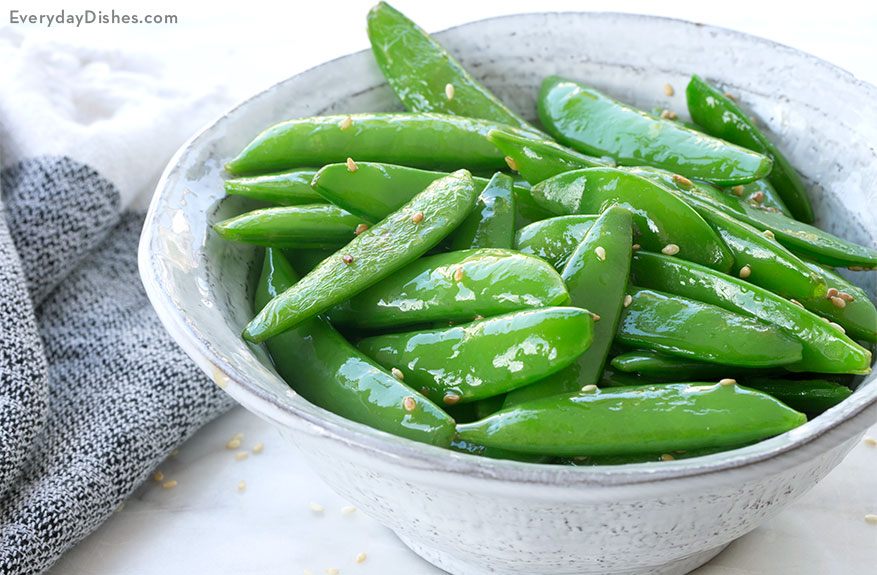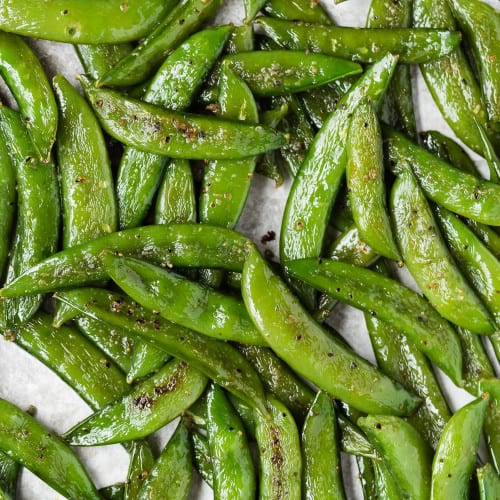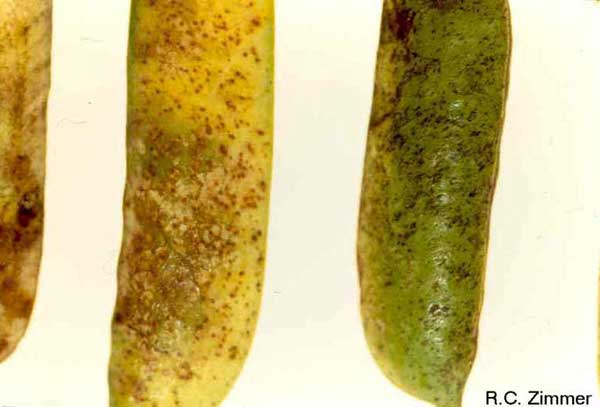
Snap peas, otherwise known as sugar snaps, are a favorite among many gardeners. They are among the sweetest tasting vegetables and are easy to grow. Unfortunately, these tasty treats may sometimes be plagued by white spots. But don’t worry, this is a relatively easy problem to solve.
White spots on snap peas typically indicate a fungal infection of some kind. The most common culprits are powdery mildew and anthracnose. Powdery mildew is a white, powdery substance that covers the leaves and stems of the snap pea plants. Anthracnose is a brownish-black spot that appears on the leaves and stems of the snap pea plants. Both of these fungi can be detrimental to the health of your snap pea plants.
How to Prevent White Spots on Snap Peas
The best way to prevent white spots on snap peas is to ensure that the plants are getting enough sunlight. Snap peas should be planted in an area that receives at least 6 hours of direct sunlight each day. If the area is too shady, the plants will be more susceptible to fungal infections.
It is also important to keep the soil around the snap pea plants moist but not wet. Water the plants deeply once a week and make sure that the soil drains well. If the soil is too wet, the plants will be more susceptible to fungal infections.
Another way to prevent white spots on snap peas is to practice crop rotation. Plant your snap peas in a different area of the garden each year to reduce the risk of fungal infections. This will help to ensure that the soil does not become overly saturated with the same type of fungus.
Treating White Spots on Snap Peas
If your snap peas are already infected with a fungal infection, there are a few things you can do to treat the white spots. The first thing you should do is to remove all affected plants from the garden. This will help to prevent the spread of the fungus to other plants.
Once the affected plants have been removed, it is important to treat the soil with a fungicide. This will help to prevent future outbreaks of the fungus. Make sure to follow the instructions on the label of the fungicide.
It is also important to dispose of the affected plants in a way that will not spread the fungus to other plants or areas. The best way to do this is to place the plants in a plastic bag and seal it tightly. Then, dispose of the bag in the trash.
Tips and Ideas for Preventing White Spots on Snap Peas
Make sure that the snap peas are planted in an area that receives at least 6 hours of direct sunlight each day.
Water the plants deeply once a week and make sure that the soil drains well.
Practice crop rotation to reduce the risk of fungal infections.
Remove all affected plants from the garden.
Treat the soil with a fungicide.
Dispose of the affected plants in a way that will not spread the fungus to other plants or areas.
White spots on snap peas can be a nuisance, but with proper care and maintenance, they can be prevented. Make sure that the plants are getting enough sunlight and that the soil is being kept moist but not wet. Practice crop rotation and treat the soil with a fungicide if necessary. Finally, always dispose of the affected plants in a way that will not spread the fungus to other plants or areas. With the proper steps, you can keep your snap peas healthy and free of white spots.
Images Related to White Spots On Snap Peas:
Roasted Sugar Snap Peas (so good!) - Rachel Cooks®

What's wrong with my plant? : Garden : University of Minnesota Extension
